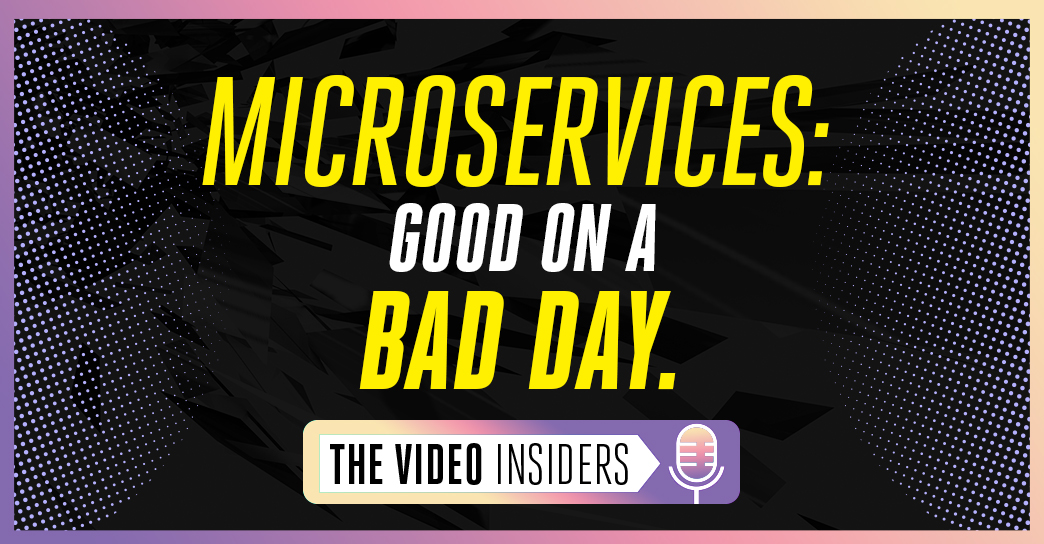As we roll into 2018, almost half of all US broadband households (45%) now own a smart TV, according to Parks Associates research – and it’s now the most commonly used platform for watching online video content. At the same time, consumers are getting choosy about their user experience (UX), meaning that key points of differentiation for the connected video device market moving forward will be ease of use, content discoverability and, above all, streaming quality.
Makers of smart TVs and streaming media players are in the process of shifting strategies to focus on the UX, which means beefing up middleware, adding bells and whistles (like intelligent voice control) and implementing strategic advances in video quality optimization, such as support for advanced HEVC encoding.
“Parks Associates’ holiday data found 11% of US broadband households had a strong intention to purchase a 4K/Ultra HD TV this holiday season, but overall, device sales of flat-panel TVs have flattened out,” said Jennifer Kent, director, research quality and product development, Parks Associates. “As a result, we are seeing new partnerships among device manufacturers focused on ways to improve or refresh the UI of the smart TV, to make the device easy to use and a single point of content in the living room.”
When it comes to making UX a key differentiator, improving how users search for and discover new content is a growing battlefield. Consumers are for instance expressing a thirst for cross-catalog, cross-platform search, where results from all video providers are in one place, be they streaming services or linear/traditional pay-TV offerings. To that end, in late 2017, Philips partnered with Roku to launch a line of smart TVs that use Roku’s platform to simplify remote control needs and content navigation.
Meanwhile, voice is making inroads into the connected entertainment area: More than 50% of US broadband households find voice control appealing for entertainment and smart-home devices, according to the Parks survey.
“Voice recognition and control are enabling entertainment equipment manufacturers to improve the user experience. An emphasis on a voice-enabled UX will be a key trend in connected CE for 2018,” said Dina Abdelrazik, research analyst, Parks Associates. “We expect to see more voice innovations in streaming services and connected platforms at CES this year.”
These UX advancements, however, won’t translate into market differentiation without one very important piece: A superior video quality of experience.
On this front, we see moves that place video optimization front-and-center, such as Apple enabling HEVC on up to one billion devices thanks to the release of iOS 11 and High Sierra back in September. Also, video streaming services and hardware manufacturers across the board are reevaluating their codec approaches in light of the fact that HEVC offers significantly improved video quality: Up to 40% greater compression with fewer artifacts and smoother playback than H.264. That also translates to the ability to stream 4K and HDR video over networks with reasonable bandwidth consumption, paving the way for more Ultra HD content availability and thus enhanced consumer demand for those connected devices that support it.
In 2018, a high-quality UX that can woo viewers with the right mix of top-notch streaming quality and advancements in content discovery will no longer be a nice-to-have when it comes to connected TV – it will be a critical linchpin for the competitive landscape moving forward. We expect this to be one of the main conversations at CES this week – and we can’t wait to join in.





